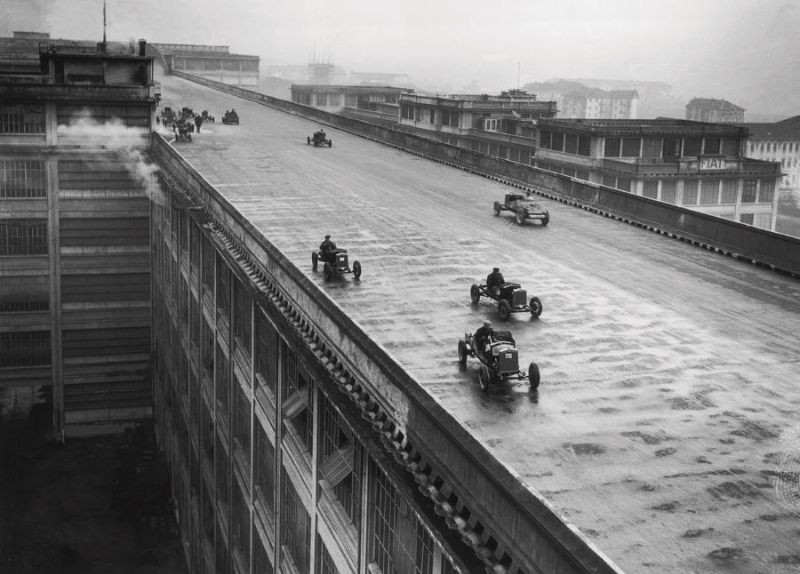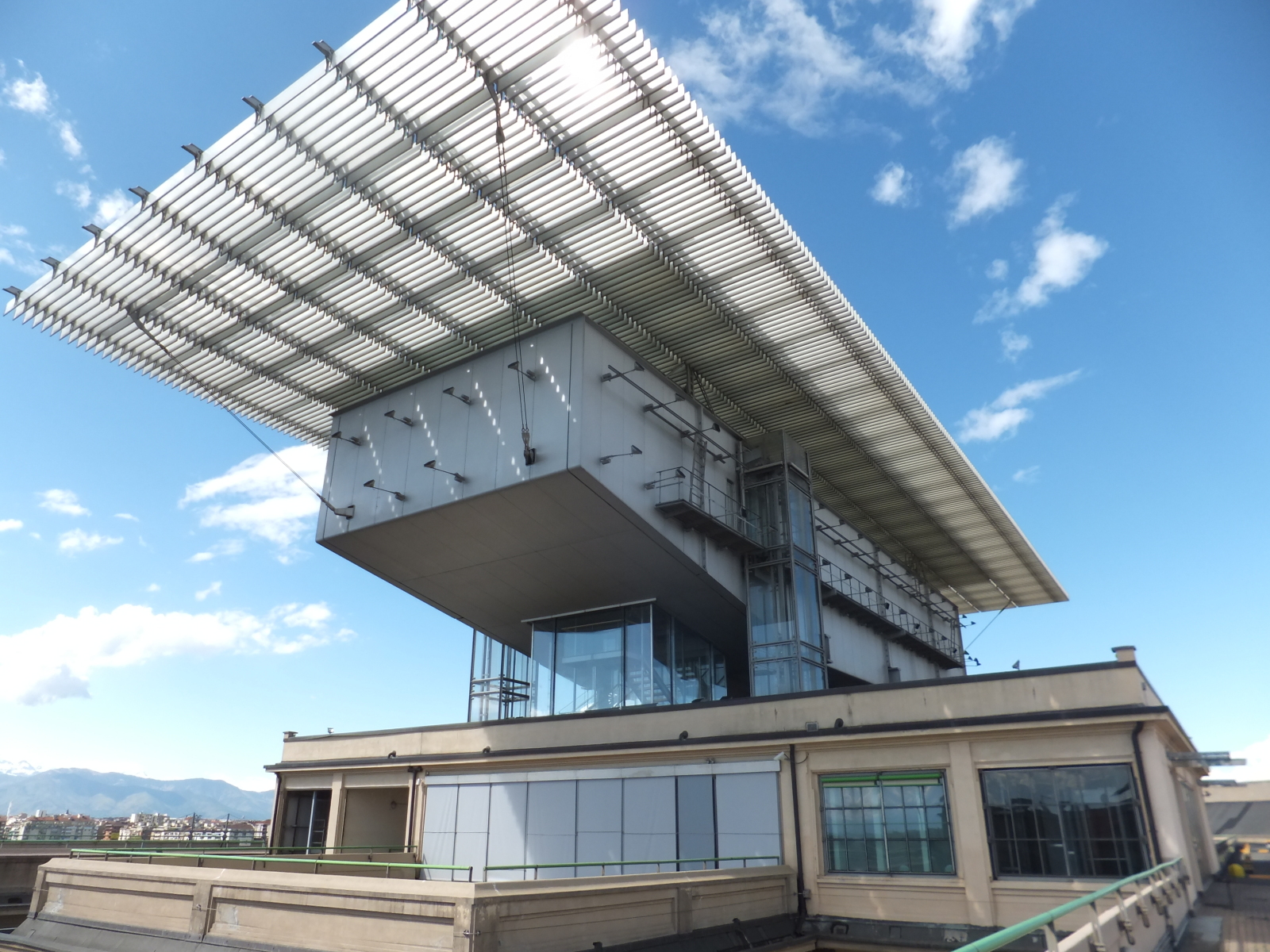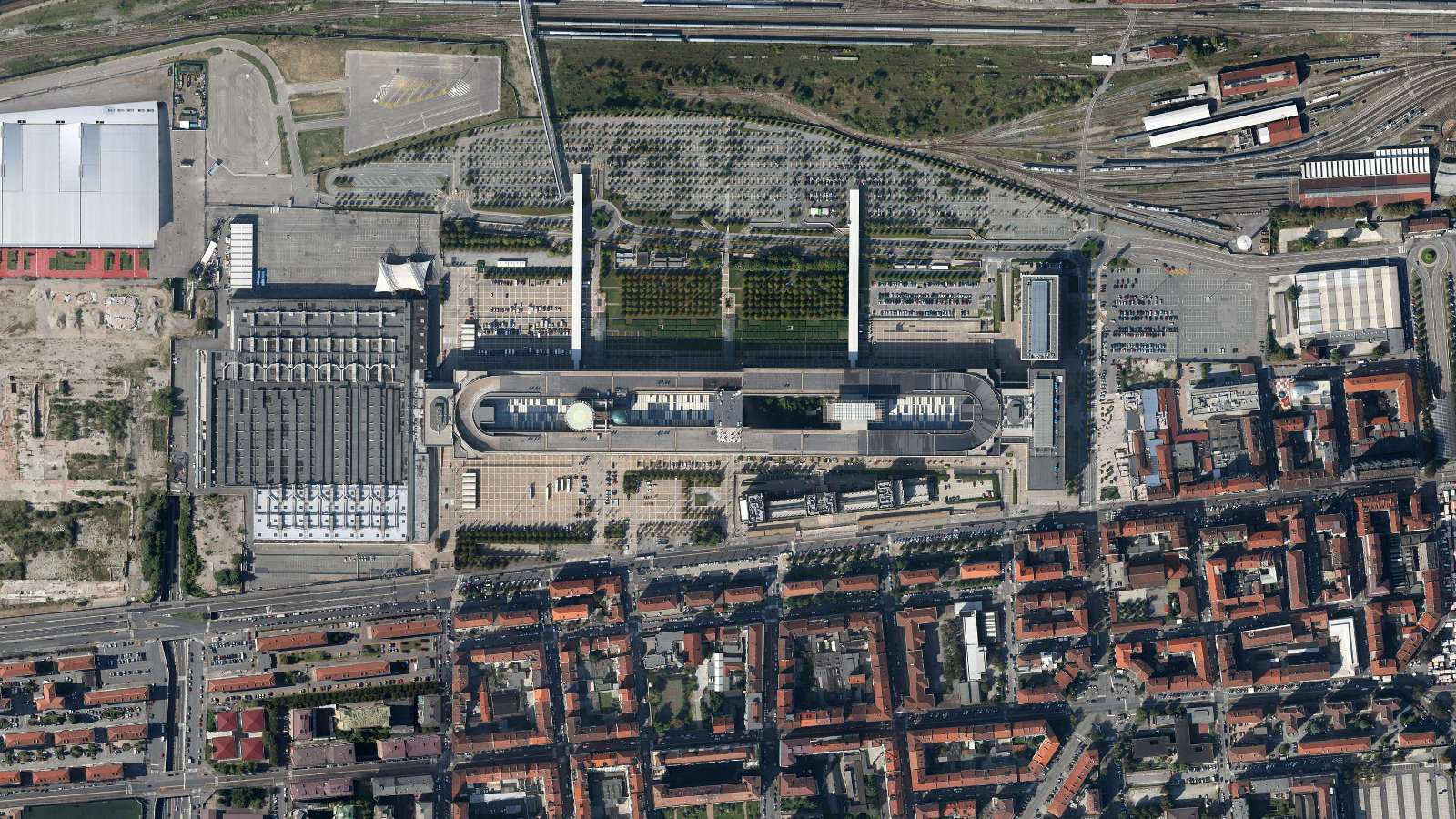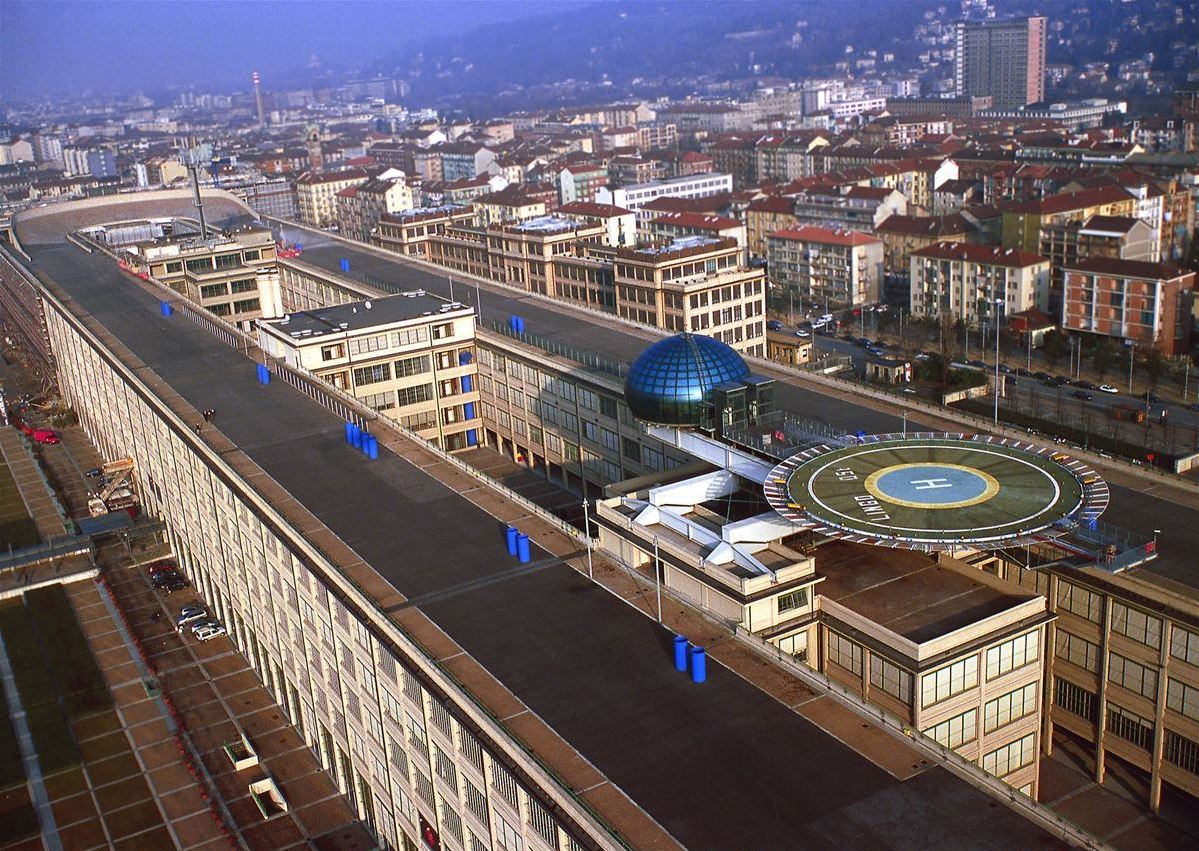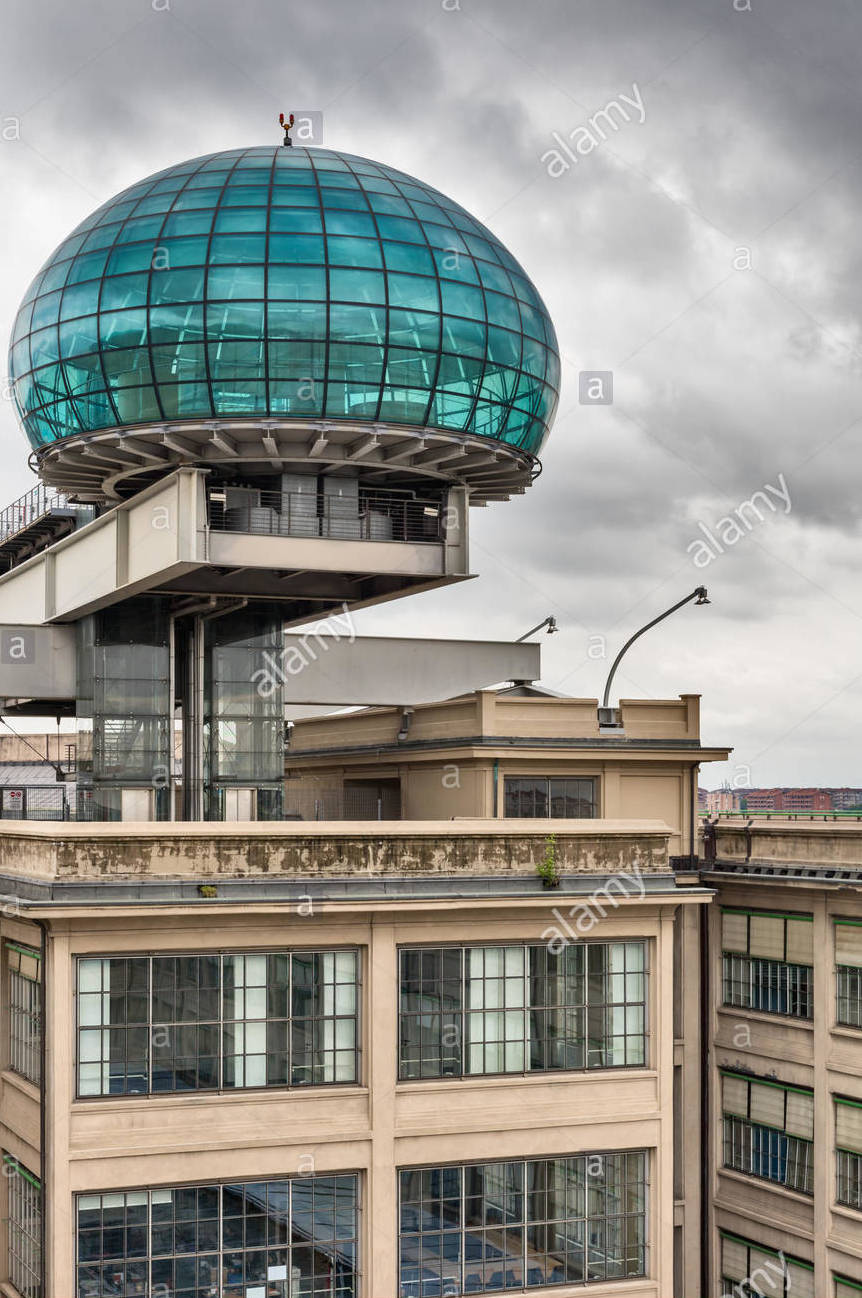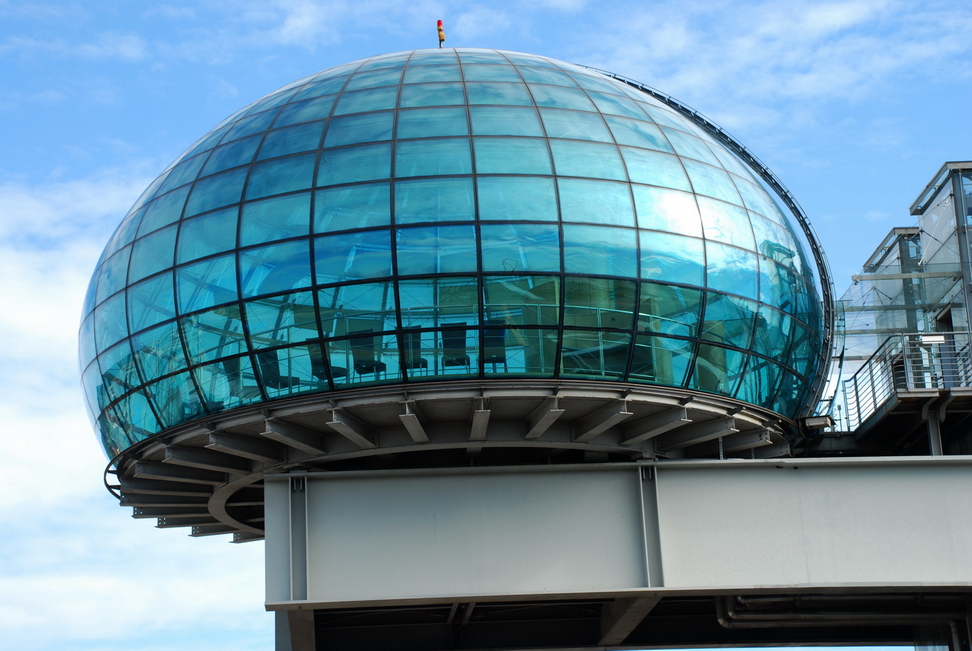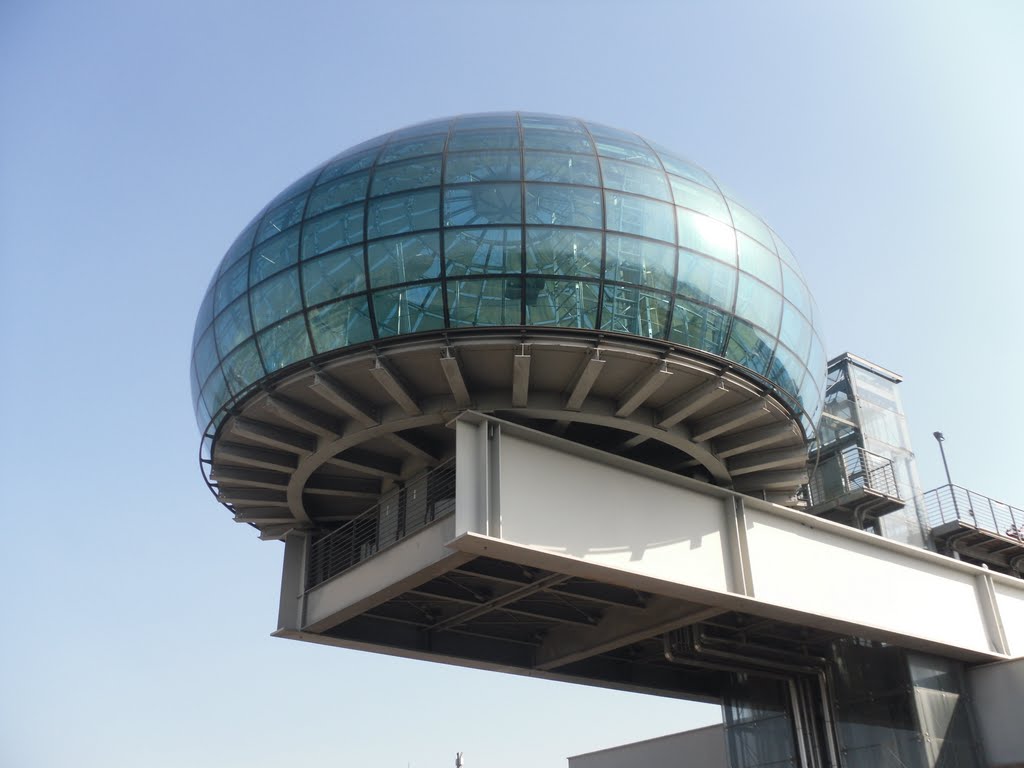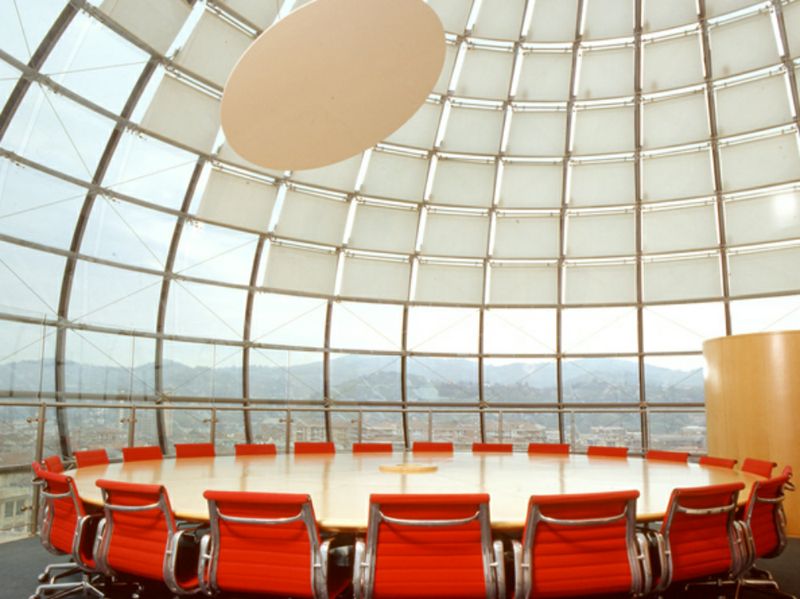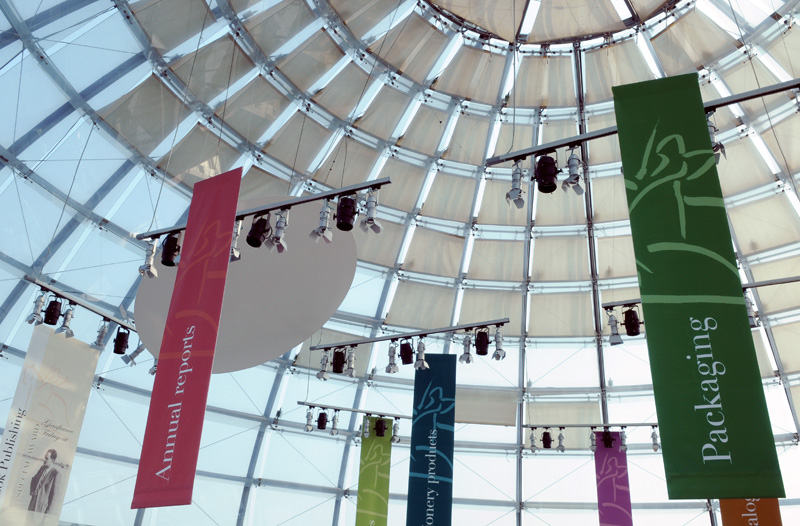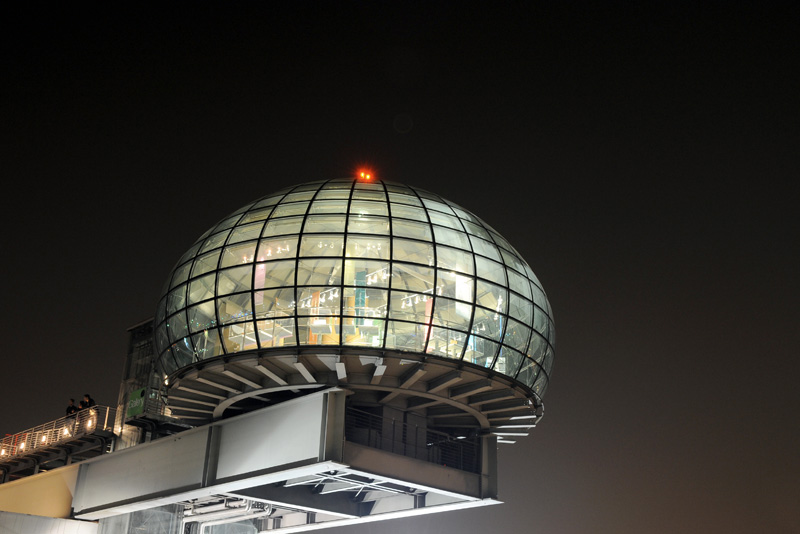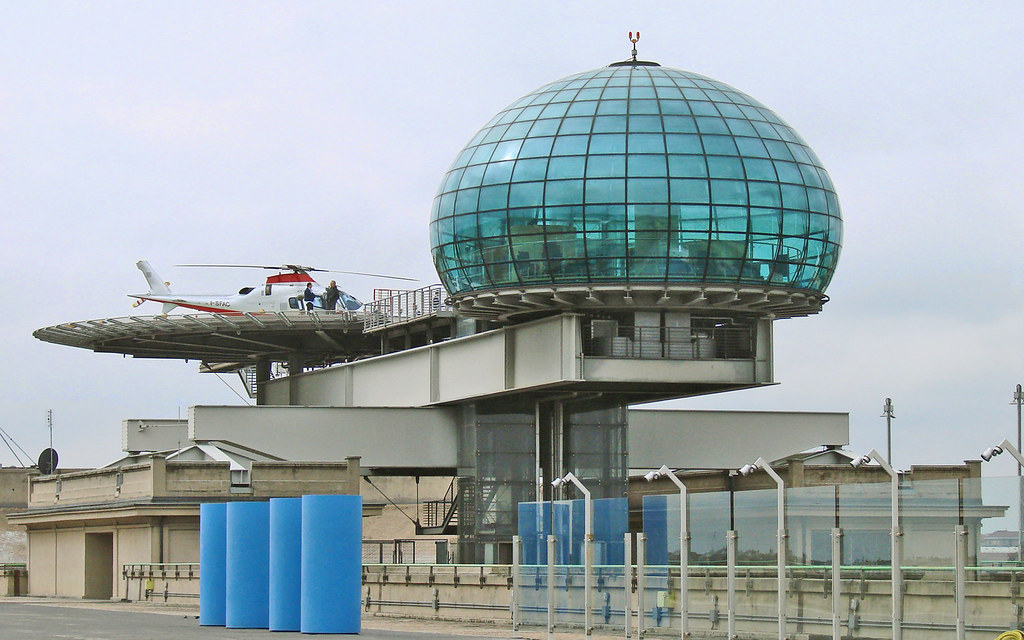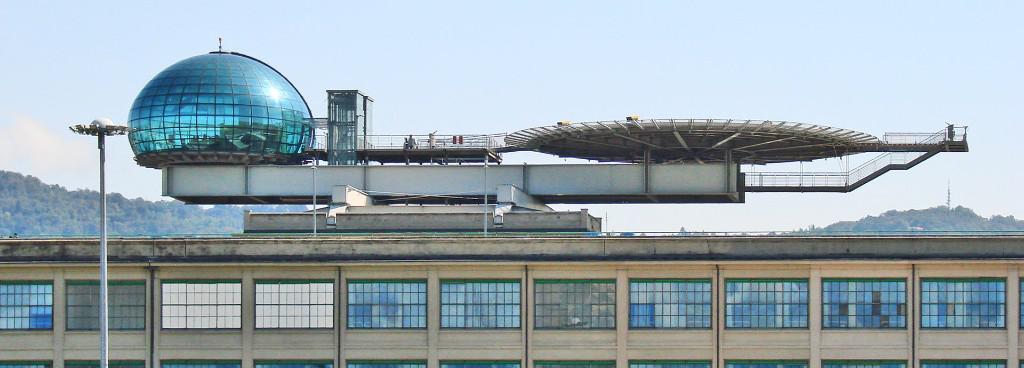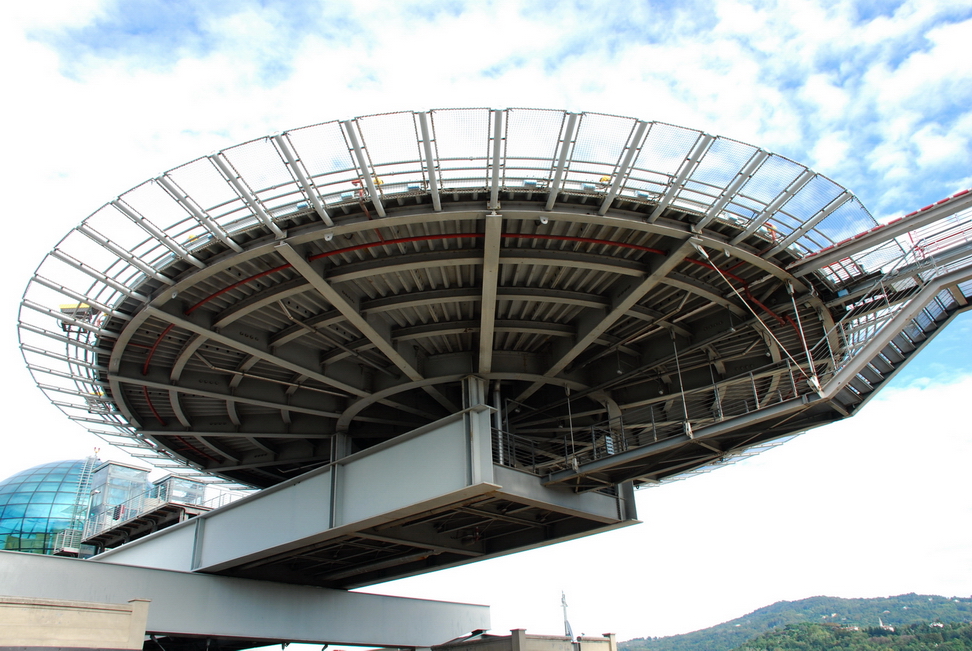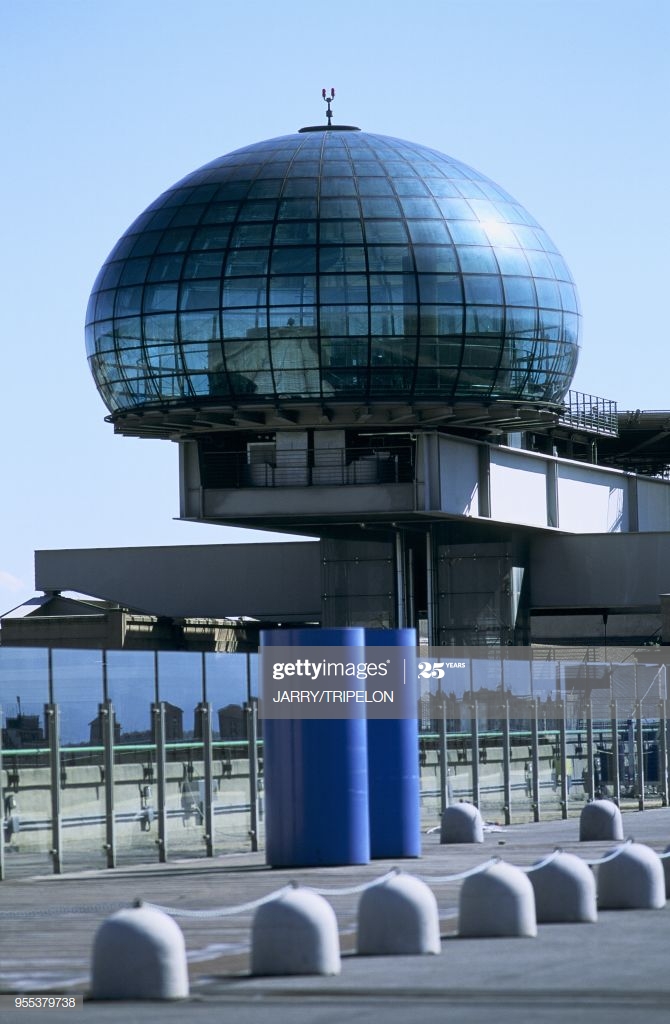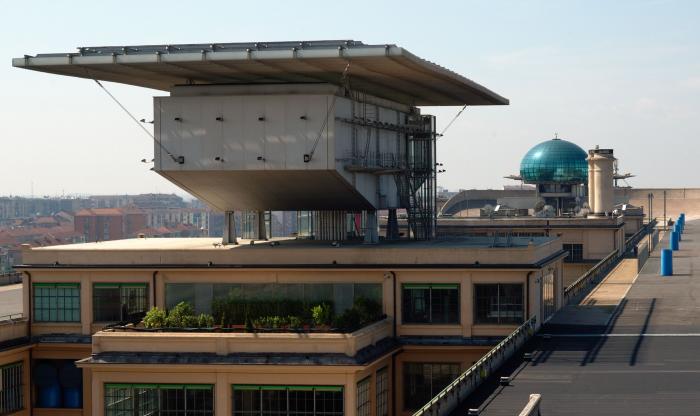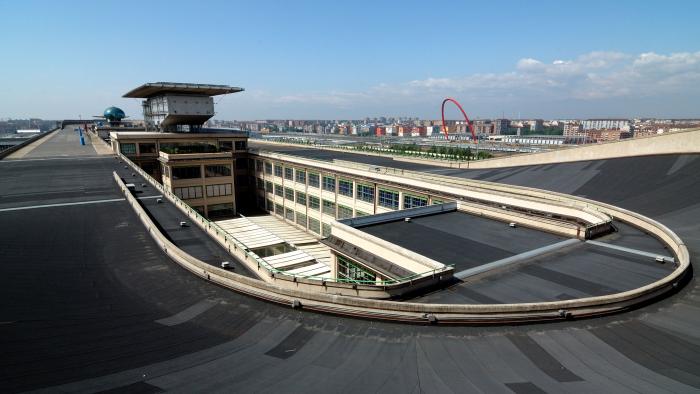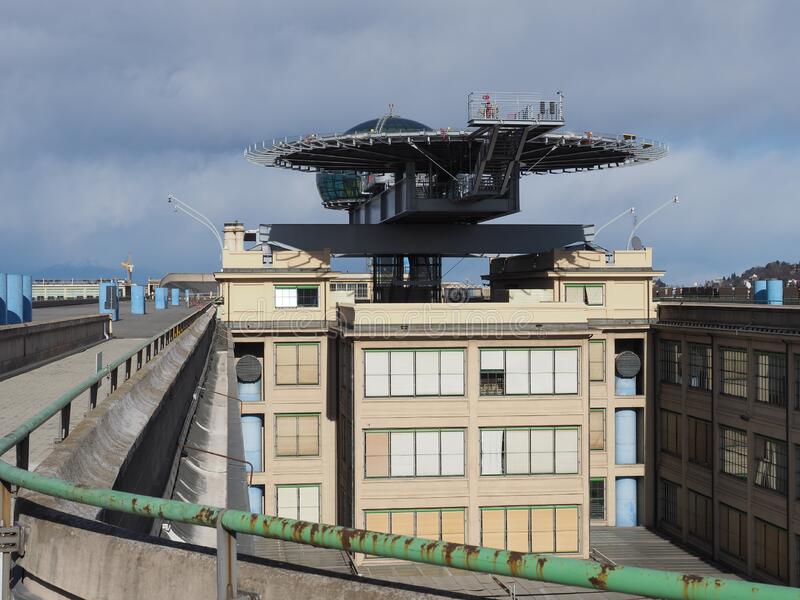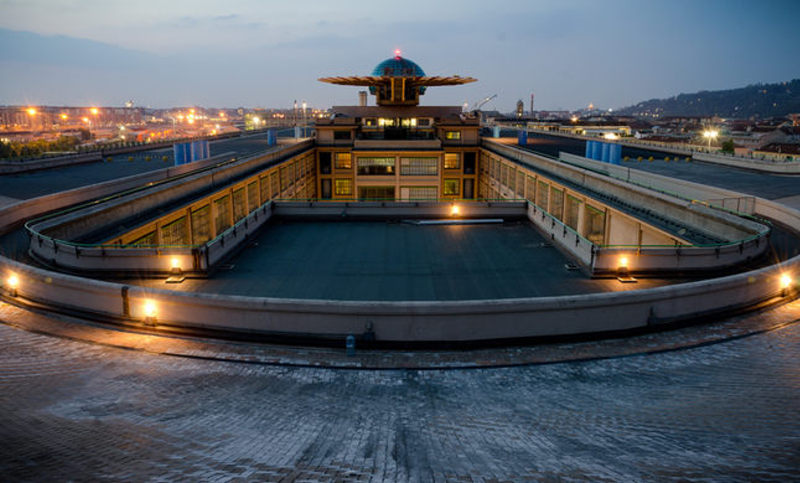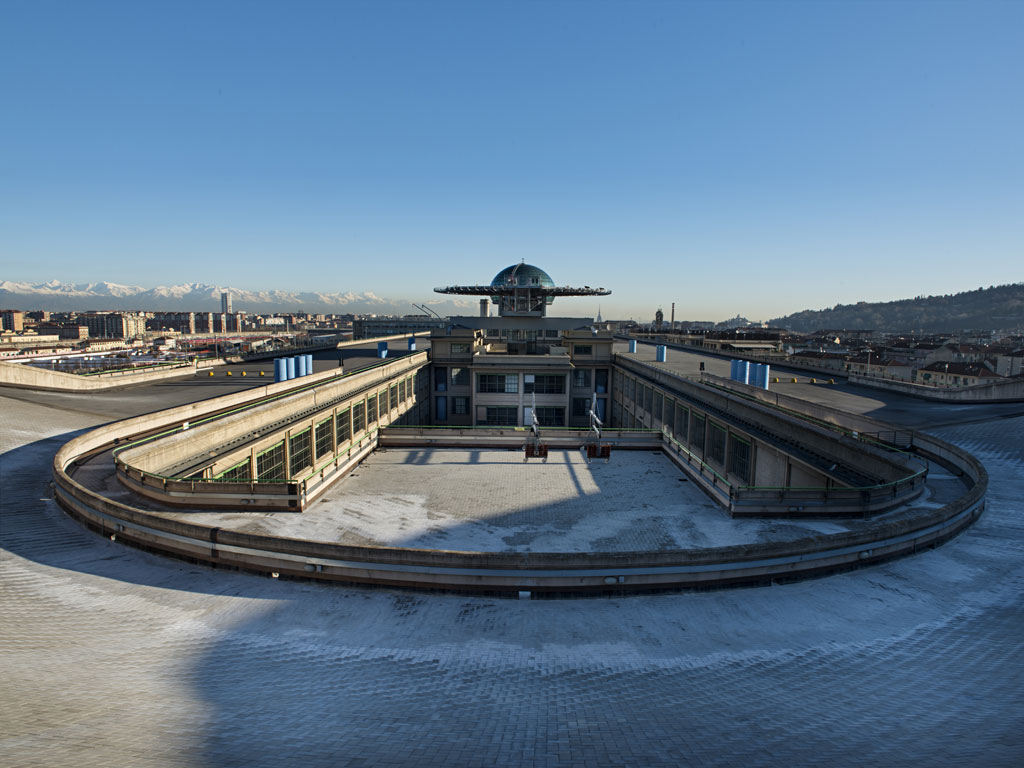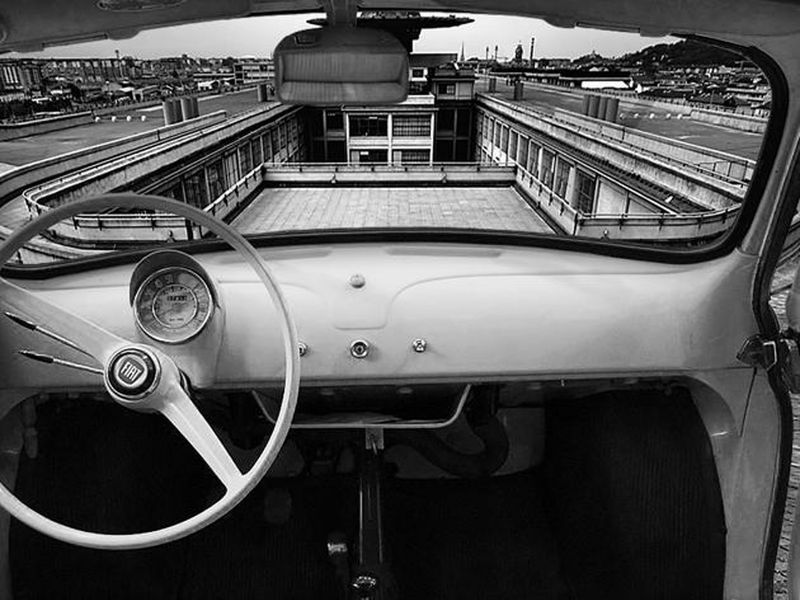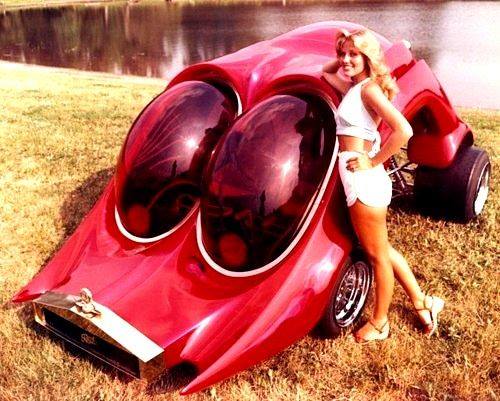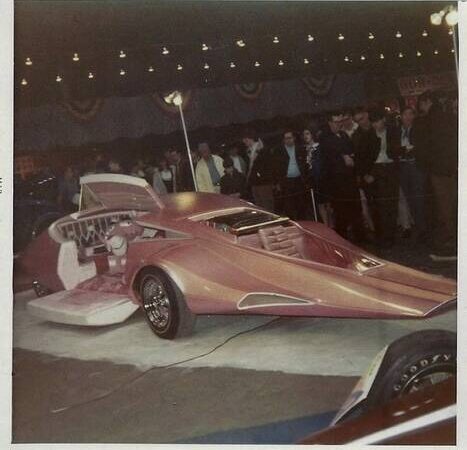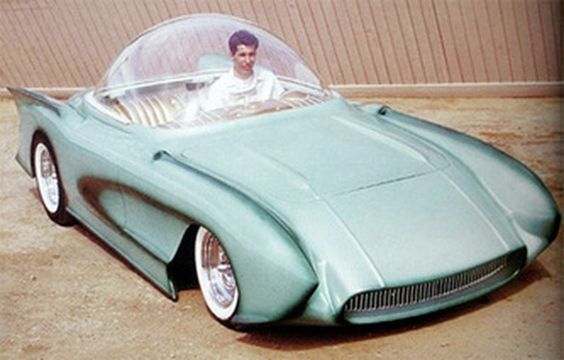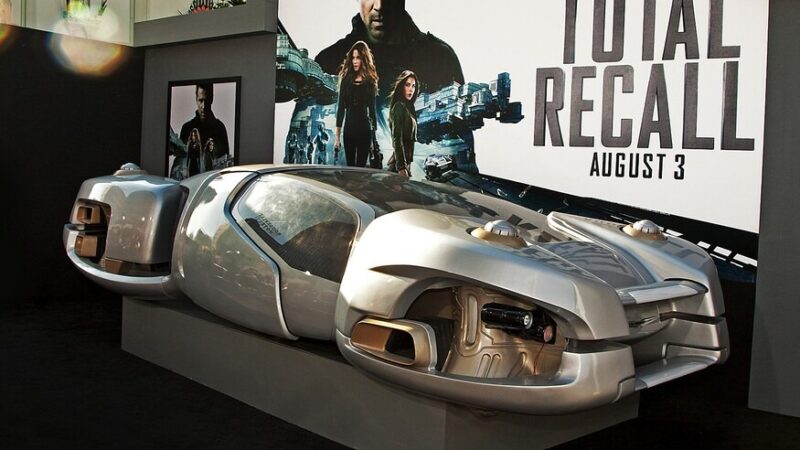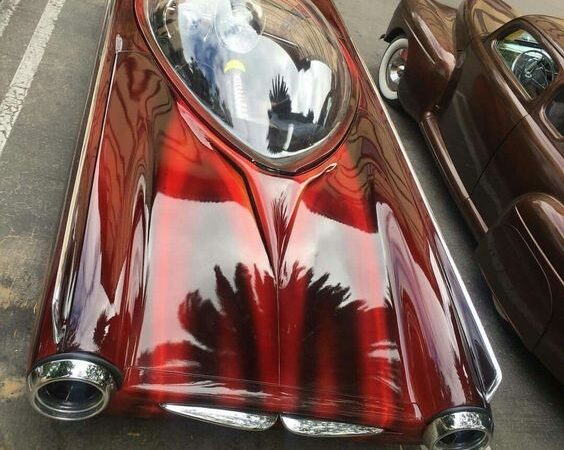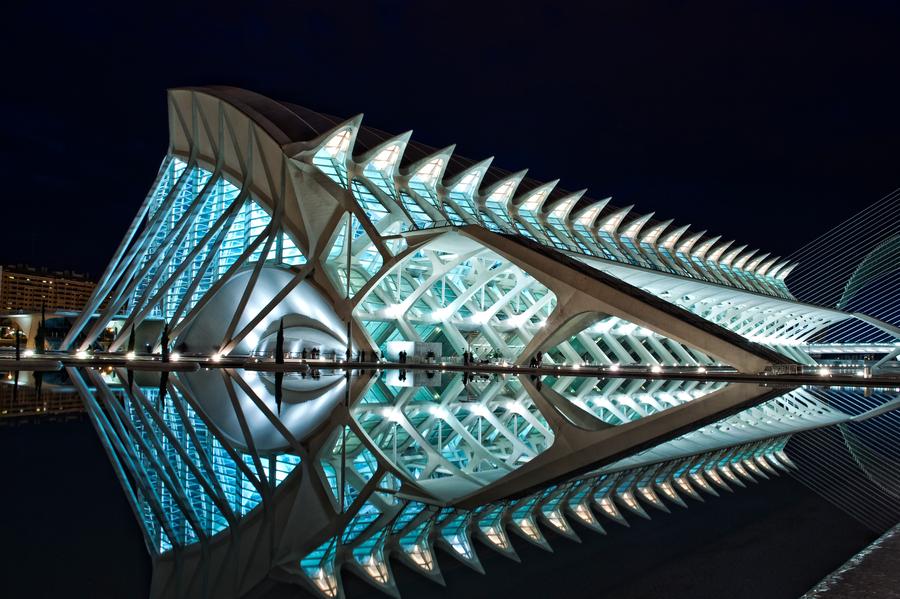Globe Bubble (1994) Renzo Piano – Circuit Fiat, Turin Italy
Fiat factories in Turin (the Lingotto) were built in the years 1910-1920 by architect Giacomo Matté-Trucco (1869-1934), they included a famous roof test track over a kilometer long and a helical ramp inside the old Fiat factory. The Lingotto was inaugurated on 22 May 1923, in the presence of King Victor Emmanuel III of Italy.
Located in the very heart of the capital of Piedmont, the Lingotto, erected from 1916 and designed by architect Giacomo Matte-Truco housed a Fiat factory and produced cars 1923 at 1982. Long de 500 meters, off 24 and divided into 5 levels, it occupies a floor area of 50 000 m2. It had the particularity of perfect functionality, inspired by the industrial model developed by Henry Ford a few years earlier. So, components enter from the bottom of the building and exit from the top as vehicles, going up the stages during their assembly. The cars were then tested on an incredible oval circuit installed on the roof., where they could even reach the speed of 90 km / h on the impressive raised turns at each end. Ensuite, they went down by one of the two large and superb helical ramps installed on each side of the building.
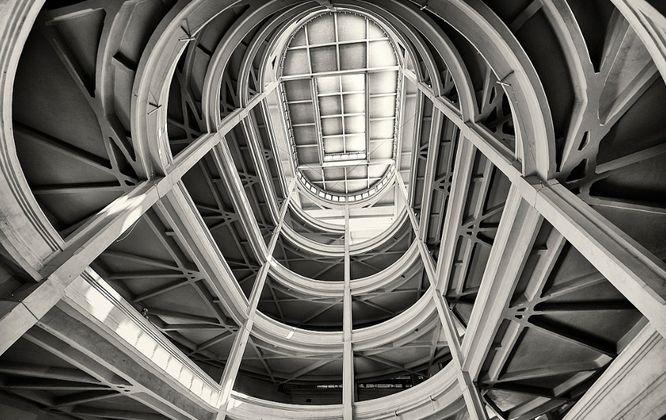
Two ramps to the south and north of the factory allowed cars to access the track.
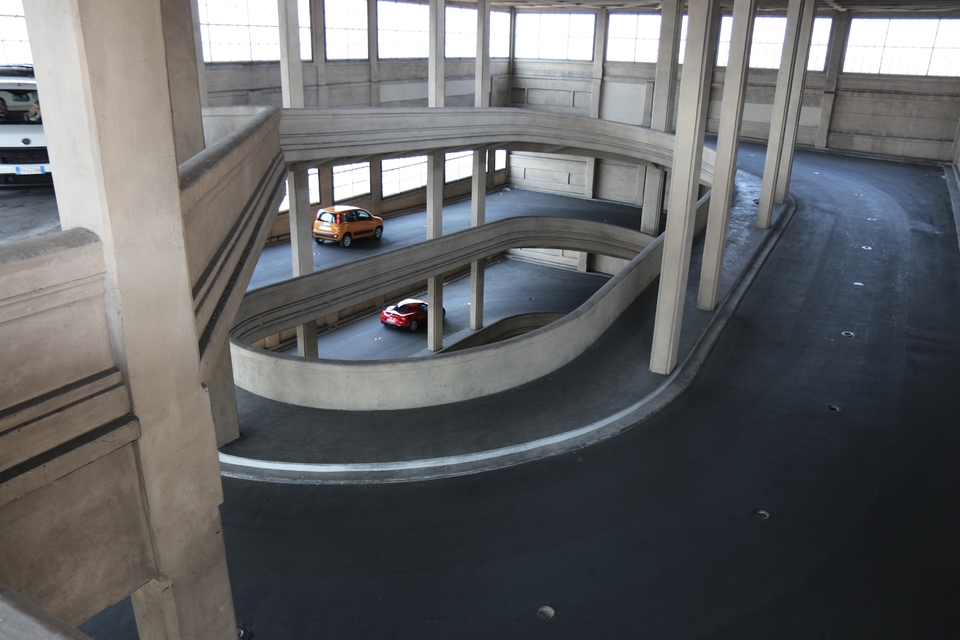
360 ° video (below) Fiat 500 on the track at the entrance to Lingotto and the climb.
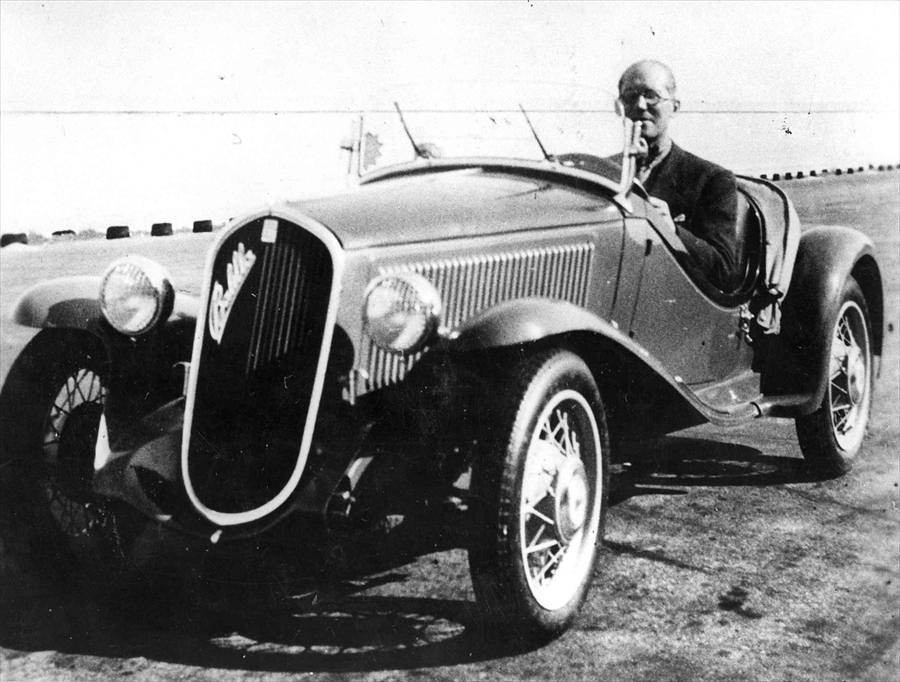
Visiting in 1926, Le Corbusier here driving a Fiat Balilla Declare that : “certainly one of the most impressive shows the industry has ever offered”.
The Giovanni and Marella Agnelli Art Gallery, or Pinacoteca Giovanni and Marella Agnelli, is a painting museum, located in Turin, in Italy, in the historic area of Fiat, the Lingotto. It is more precisely on the roof of the old Fiat factory in Lingotto. His name and that of his wife were given to this institution, who opened the 20 September 2002. The permanent collection consists of works of art from the private collection of Gianni Agnelli, boss of the Fiat group for several decades of the twentieth century.
A permanent collection, The pinacothèque covers an area of 2 400 m2, within 500 000 m2 of the old factory, on the roof of the building. On the lower floors, there is a bookshop and temporary exhibition spaces. It has been decided, for one of the restored areas, Roof, the construction of a place of exhibition of paintings, with Agnelli property tables as a starting point, ranging from Venetian landscapers to twentieth-century painters, passing by 19th century artists, such as Edouard Manet. The place opened in 2002 with, as a starting point for the permanent collection, twenty-five works transferred from the Foundation of the same name, Giovanni and Marella Agnelli. On the death of Giovanni Agnelli in 2003, a burning chapel was erected in this place, to allow the people of Turin to pay a final tribute to the industrialist.
To mark the end of production at the Fiat factory in Lingotto, built in 1916, an international competition selected the architect Renzo Piano to reshape the building, and allow new uses to be developed within it. The bubble, built in crystal and steel above the parabolic track which serves as the roof of the building, is a small conference room with a helipad next door, located forty meters high.
The factory has become old-fashioned in the years 1970 and the decision was made to close it permanently in 1982. The closure of the plant has sparked many public debates about its future and how to recover from industrial decline in general. An architectural competition was organized, which was ultimately awarded to Renzo Piano, who imagined an exciting public space for the city. The old factory has been rebuilt into a modern complex, with concert halls, a theater, a congress center, shopping malls and a hotel.
The eastern part of the building is the seat of the Faculty of Automotive Engineering of the Polytechnic University of Turin. The work was completed in 1989, the track has been preserved and can still be visited today on the top floor.
Built in the years 1920 for Fiat, Lingotto was Europe's largest and most modern automobile manufacturing plant, both architecturally and in terms of automotive production. The building of 500 meter, on five floors, had a volume of one million cubic meters and was equipped with a test track on the roof. Lingotto was the first example of modular reinforced concrete construction, based on the repetition of three elements: pillars, beams and floors. The factory closed in 1982. In 1984, Fiat SpA has announced a competition and, in 1985, commissioned the Renzo Piano Building workshop to convert the building. The project aimed to revive the building by transforming it into a multipurpose center while retaining its architectural identity. The exterior of the building remains largely unchanged, but its interior has been completely modified to accommodate an exhibition center, a conference center and an auditorium, two hotels, offices and commercial spaces. In 1997, the Fiat group's headquarters have returned to the office building. In 2002, the automotive engineering department of Turin Polytechnique was also installed in the building. La «Bubble», a completely transparent meeting room on the roof of the Lingotto building, was also added. Source : Renzo Piano : Use Lingotto 1983-2003
A rooftop meeting room known as La Bolla meaning The Bubble at Lingotto conference center designed by Renzo Piano in the old Fiat car factory . Lingotto heliport (Turin) Transformation of all buildings into a shopping center, bureaux, hotels and convention center was entrusted to the architect Renzo Piano. The globe was built in 1994, it's a meeting room in 40 m above the ground, connected to the convention center by two elevators.
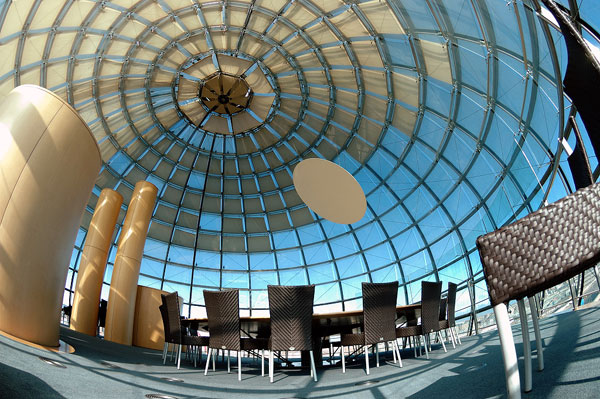 |
 |

He also built a helipad and a L'Ecrin building to house the pinacothèque of the Agnelli family.

The bubble, built in crystal and steel above the parabolic track which serves as the roof of the building, is a small conference room.


